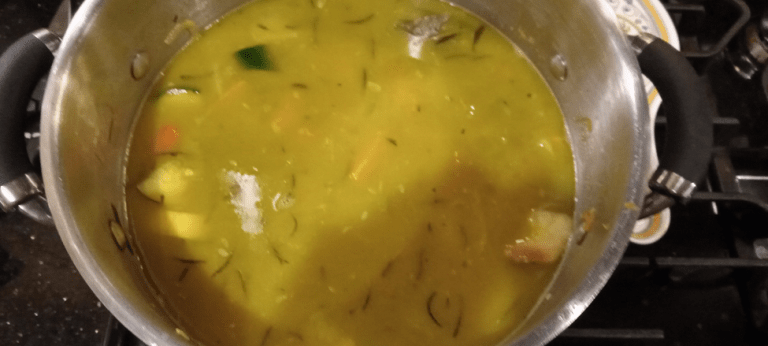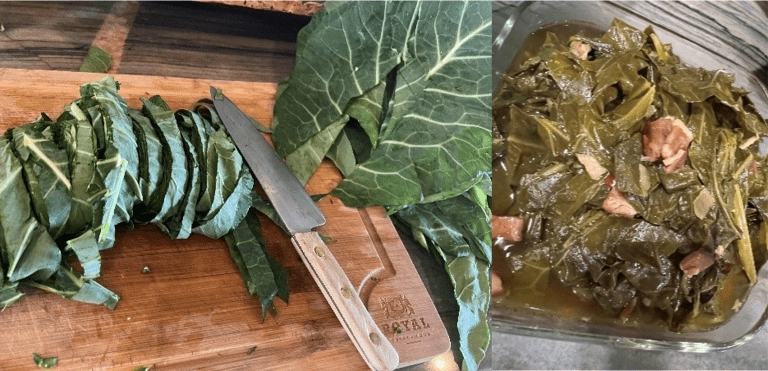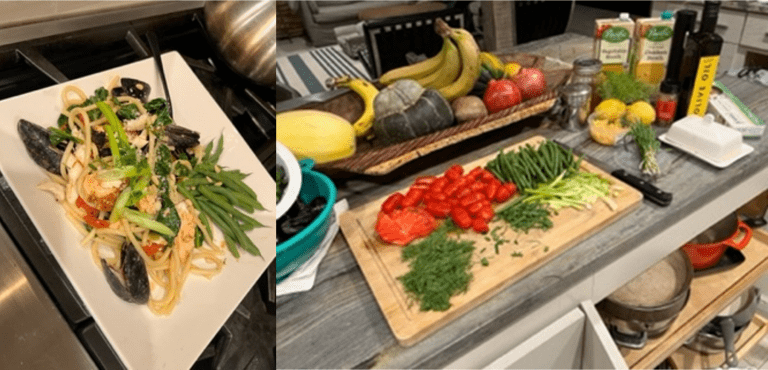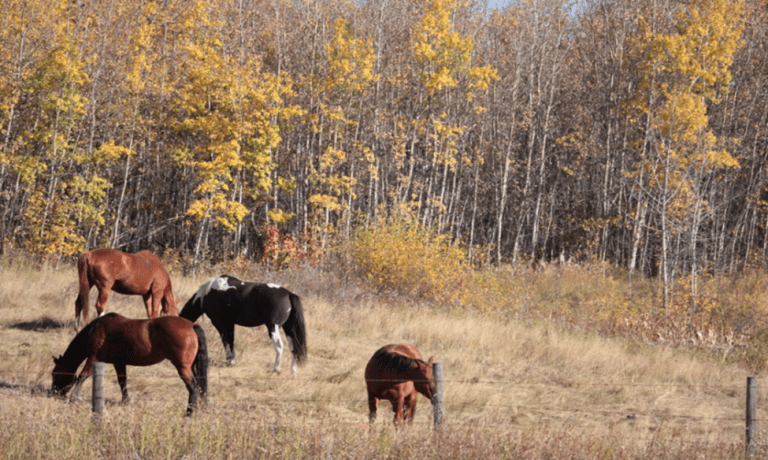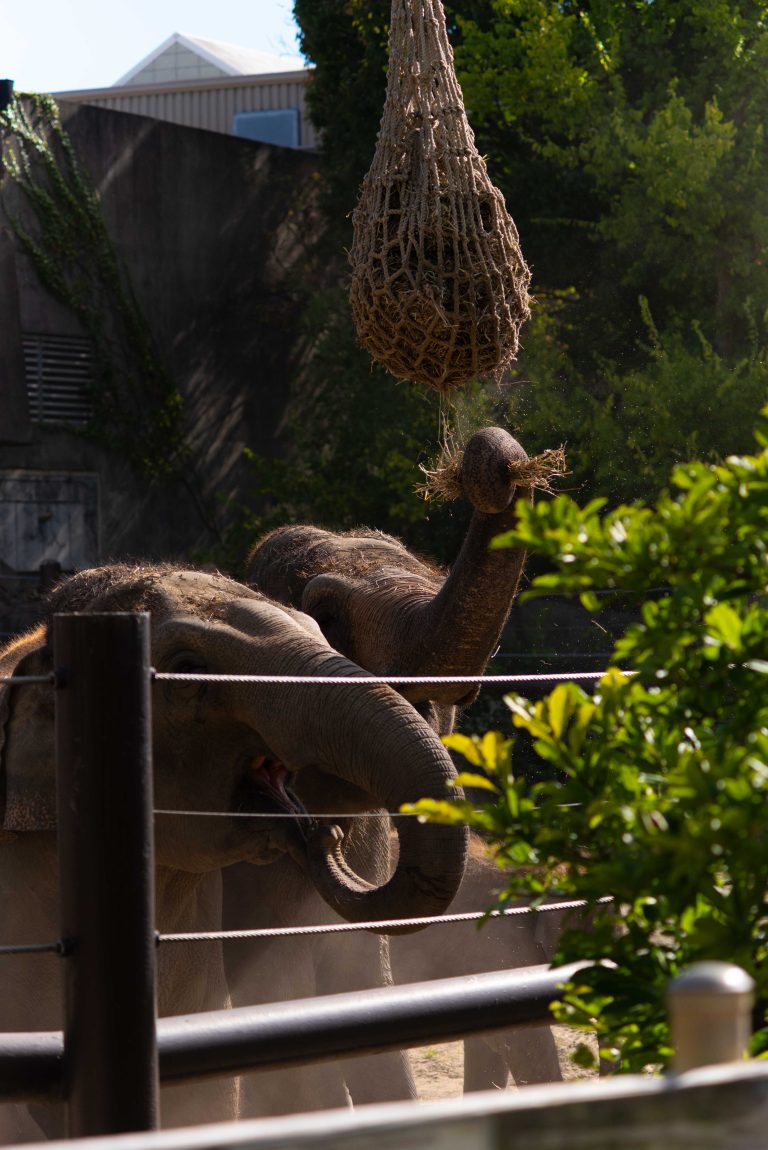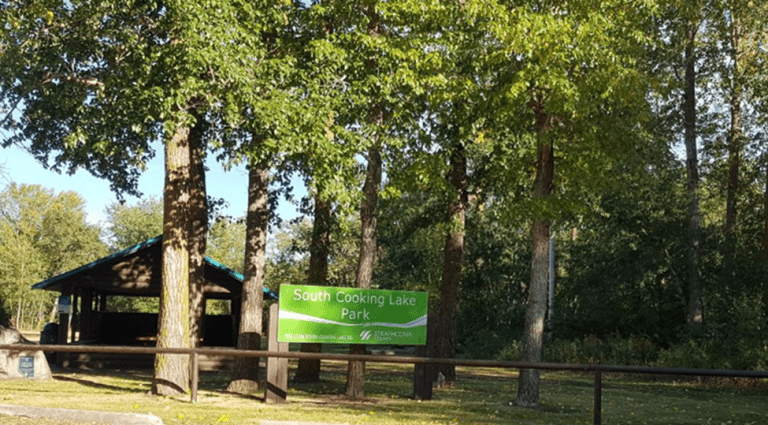- Europe has different kind of living conditions
- Finland has four, distinctive seasons: spring, summer, autumn/fall and winter
- Winter can be as cold as -30 C/-22F
- The heating season begins in autumn, August/September when the average daily temperature of the outside air drops to 15 degrees and vice versa, stops at springtime around May
- The first signs of sanctions hurting Europe itself emerged last spring
- The average Finnish apartment building inside temperature drops from 21C/70 F to zero Celsius/32 F in 4,5 days if not heated at wintertime.
- The fear of cold weather killing people in Europe is real this winter and our politicians have made the decisions!
- The need for a warm home is a basic human right!

Europe and the countries in Europe might seem to be quite identical but living conditions, especially the weather is varying radically from north to south.
From Skarsvåg, Norway up north to Mátala, Greece in the south, from west to east Europe has many different areas: sunny beaches in Spain, alps in Austria, Island and the geysirs, wine production in Italy.
I am living in Finland, one of the northernmost countries in Europe. My hometown is Helsinki. Helsinki metro is the most northern metro in the world.

We have four, distinctive seasons: spring, summer, autumn/fall and winter. Winter can be as cold as -30 C/-22F and if we’re lucky, we have +30C/86F temperatures during summer.
The comfortable warmth we usually keep in our homes is 19-22 C / 66–71,6F, which is going to be challenged this coming winter.
Sanctions hurting Europe
The first signs of sanctions hurting Europe itself emerged last spring when the news came out that Russia is no longer accepting euros to pay for their electricity, gas and other energy products.
The Finnish mainstream media told us “Russia cut Finland off” the contract, just like that.
The next step was to tell us about this LNG gas tanker arriving from USA to cover both Finland and Estonia, so no worries.
This seems to be planned as they made a new deal very soon and for a very long time.
Minister of Finance Anneli Saarikko made the deal with Excelerate Energy (USA) for ten years! And it’s not a cheap deal for us citizens to pay.
Floating LNG Terminal Finland Oy (FLTF) (a 100% subsidiary of Gasgrid Finland Oy) is currently in process of arranging a Floating Storage and Regasification Unit (FSRU) to Inkoo, Finland or Paldiski, Estonia.
The Nord Stream pipeline damaging act happened in September. There is no oil coming from Russia to Finland either, this affects the district heating system.
Many homes cook with gas, especially in Helsinki and bigger cities.

The heating season begins in autumn, August/September when the average daily temperature of the outside air drops to 15 degrees and vice versa, stops at springtime around May. Heating takes up a big part of the living costs.
The most common type of heating in recidental buildings is district heat.
The buildings are very well insulated in Finland, the air circuit outlet is maximized not to let the warm air out and we have triple-glass windows in practically every house.
Detached- and semi-detached houses use other types of heating; electricity, air-source – or ground source heat pumps or wood. These can be a mix also. Oil is still used in some of the buildings.
We had a law in the building instruction to have an extra heating source in case of emergencies – which rarely or never happen in Finland actually.
The most common source is a fireplace or a wooden stove. Some houses have a wood source sauna stove, most commonly the sauna stove is heated with electricity.

The fireplaces are not the pretty little ones used in the cottage films from abroad, but sturdy stone fireplaces designed to keep the heat in and releasing it slowly over time.
The fireplaced are never placed next to the outer walls of building but preferably in the middle of the house.
The funny thing is, the government tried to manipulate us this year into getting rid of fireplaces and get monetary compensation! All in the name of this Green New Deal.
The average apartment building inside temperature drops from 21C/70 F to 10 C/50 F in 36 hours, to zero Celsius in 4,5 days if not heated at wintertime.
There are tens of millions of buildings in middle- and southern Europe with no insulation or double glazing, they will freeze faster.

Warmth is a basic human right! The fear of cold weather killing people in Europe is real this winter and our politicians have made the decisions!
























